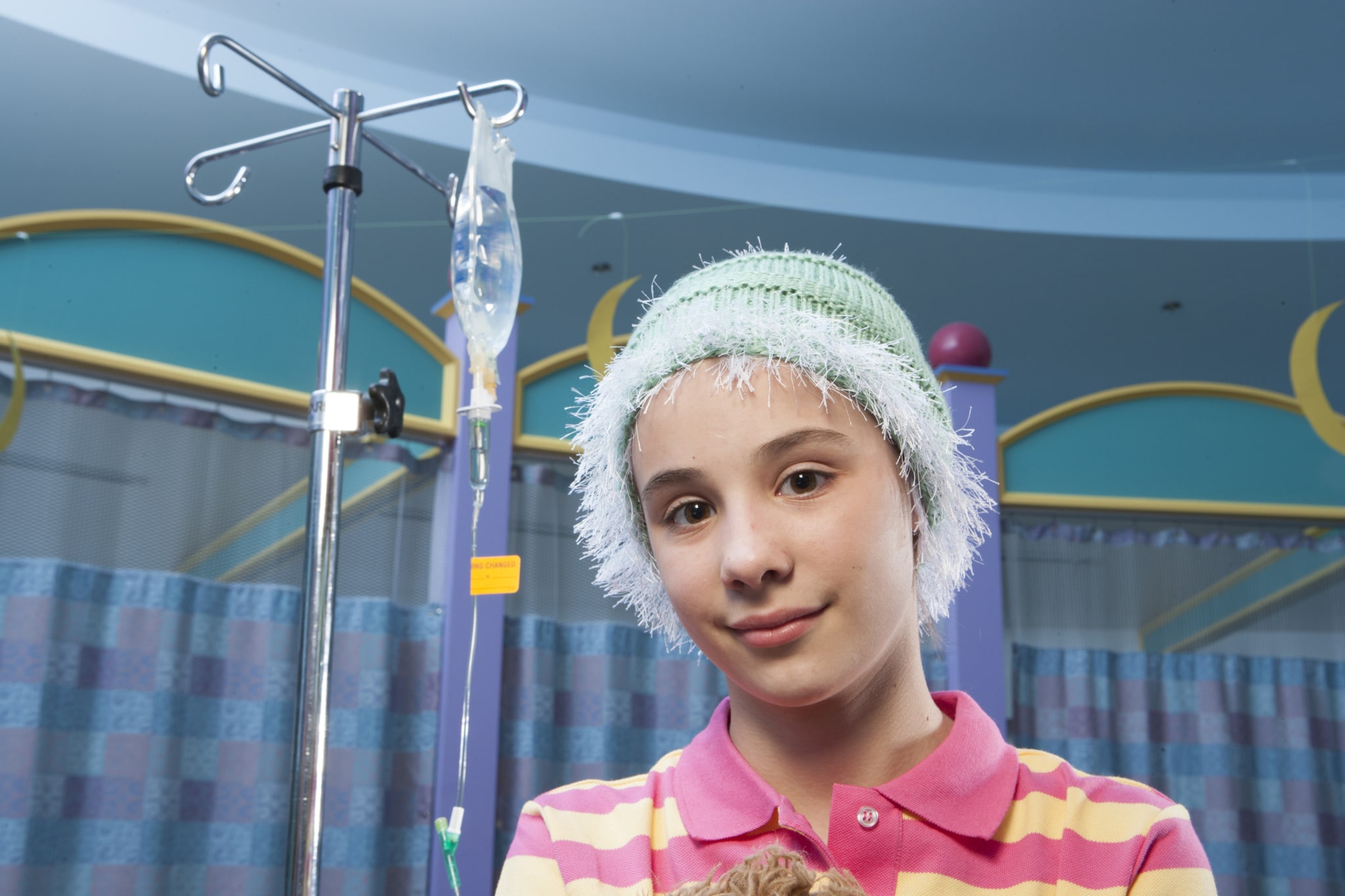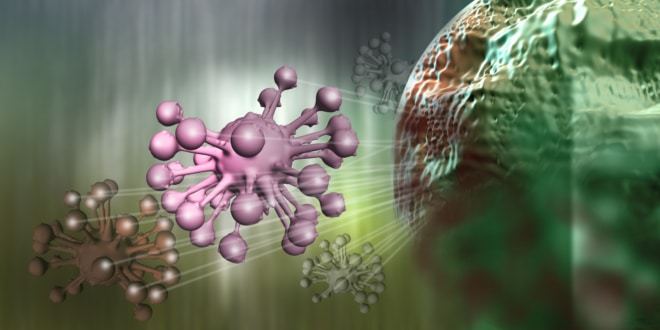For anyone that has known someone who has suffered from cancer, had cancer themselves, or lost someone to cancer, the exciting breakthroughs in cancer treatment are a real source of hope.
Some really great developments have been made that not only look to increase the efficacy of their cancer treatment, but also in making sure that they experience an easier recovery with less side effects.
Below, we are going to look at 5 different breakthroughs in cancer treatment and what they are going to mean for cancer sufferers, and also survivors.
5 Breakthroughs in Cancer Treatment and Research
Immunotherapy
Cancer has a scary ability to hide from the immune system, so one of the primary tactics of immunotherapy is to remove that invisibility and better equip your immune system to attack the cancer cells. The other tactic is to charge up the immune system so it can more vigorously go after the tumor you have.
There are several types of immunotherapy, which work either by helping the immune system directly, or stimulating it so that it can fight cancer.
Checkpoint inhibitors work by affecting the cancer cells ability to avoid attack by your immune system, meaning your immune system can launch a stronger attack at those cells.
Adoptive cell transfer works by strengthening your T-Cells, rather than weakening the tumor. T-Cells are the cells your immune system uses to attack any invaders. In this case the T-Cells are taken from your tumor and the ones that have been most vigorous in attacking the cancer are reproduced in the lab and injected back into you.
Monoclonal Antibodies are immune system proteins that are produced in a lab and designed to go after specific sites on the tumor. These sites get marked by the antibodies, and this makes them easier for the cancer to attack.
Treatment vaccines boost your immune system so that it can more effectively tackle the tumor. One kind of treatment vaccine uses Cytokines, which your body produces and uses as a normal part of the immune response, and for cancer the two types of Cytokines used are called interferons and interleukins.
Poseida is a form of therapy you should definitely check out.

Liquid biopsy
Sometimes, when you are dealing with cancer, the problem can come from not being able to detect it early enough, and then not being able to see whether there are any kinds of mutation with the cancer that are going to make treatment therapies difficult.
Liquid biopsy is able to do this job months or years before the more conventional imaging tests are able to do that, making them perfect for early tumor detection.
You take a bio-fluid sample from the spine, or from blood or urine, and then it is used to analyze any biological markers and to find any possible treatment therapies that might be used.
It can be used at other stages in treatment too. If you want to work out whether the treatment that is being used is effective, or whether a cancer that was previously treated has come back.
One of the greatest advantages of the liquid biopsy is that you don’t need to perform a complex surgical procedure in order to get that data that you need to develop a treatment. You also don’t undergo any radiation exposure, which can be a risk from things such as CT Scans, PET/CT or X Rays. You also are not going to have to fast before you test, which may or may not have been a concern.
The testing is carried out before during and after your treatment, and the frequency of the test will be determined by the doctor on the basis of the type of cancer that you have and the kind of treatment that you are going to be receiving.
Focus On The Side-effects Of Cancer Treatment
It makes sense that the initial and main goal of cancer research would be focused on making sure that there were effective treatments to treat and cure cancer. It then follows that attention would be paid to monitoring survivors and making sure that the cancer never came back, or identifying why it did recur in those people unfortunate enough not to remain in remission.
With more and more people surviving cancer, it makes sense that a new field would have developed that is looking at how the cancer treatment affected the survivors. People who survive want to go on to live normal lives, and there may be ramifications of their treatment that could impact on that.
Males often suffer from sterility when they were treated for cancer in their youth. There has also been research that had discovered that women who have early stage breast cancer can receive less radiotherapy and this is not going to reduce their chance of survival.
After cancer treatment some people report that they find it hard to think, and that they suffer from memory problems. It has come to be known as chemo brain, or chemo fog. Currently it has been tackled using a combination of counselling, stimulants or antidepressants, small amounts of exercise, plenty of sleep and rest, and using exercises to test your learning.
Stanford Medicine identified that a chemotherapy drug called methotrexate was actually affecting three major types of brain cells, and that this was causing chemo brain.

Cancer And The Microbiome
The microbiome is something that has been of interest for a while to nutritionists, but there hasn’t been so much hard science backing up the claims for its role in how things work in the human body. Things are changing though, and it has become a new focus for immunotherapy.
It has been observed that their gut microbiome affected the outcome of people with hematologic malignancies being treated with stem cells. It was found that people with greater diversity responded to the treatment better, and that their immune systems were better able to fight off the cancer.
In case you are not entirely sure what your microbiome is, it is made of trillions of bacteria, fungi and other microbes that are in your body. It has a role in controlling your digestion, and it also helps to control your immune system and how your body responds to infection. It also affects the central nervous system, interacting on neural, endocrine and immune pathways.
It makes sense that something which controls how you react to infection would also affect how your body deals with treatment. How does your body deal with breaking down the drug and the toxic breakdown products that come along with the drug? Your microbiome plays a role in that.
It has even been found that a common bacterial strain that is present in this microbiome may play a major role in how multiple myeloma moves through the body, and if these bacteria can be targeted, it may open up the possibility of a treatment for this currently incurable form of cancer.
Organoids
There have been a lot of people that have benefited from gene therapies that can use the genetic data in a tumor to inform the treatment that patients receive, but up until recently there has not been an answer for what to do in those cases where there is no useful genetic information in the tumor.
An alternative method that suggested itself to scientists was Organoids.
Organoids are interesting little things – they are structures that are grown from cell samples taken from the body that are then grown outside the body, which retain some of the structure and function of the parts that they were taken from.
This means they are basically a means by which scientists can take cells from a tumor and grow it outside the body so that they are able to study it, and model how cancer develops and works.
Organoids grow quicker than 2-D cell cultures and they better reflect the character of the tumors in a person’s body, making them a better model for how the treatment will work.
They can use the technology then to try out different kinds of immune-oncology treatments in the safe environment of a cancer that is not in a living person, but acts as if it were. Scientists found that the way that organoids responded to treatments actually allowed them to forecast when the drugs wouldn’t work in their patients 100% of the time, which makes them an invaluable diagnostic tool to have in the arsenal of tools to use in the fight against cancer.
Conclusion
The fact there are so many exciting new advances in cancer treatment is really inspiring, and exciting.
Cancer is one of those things that no one wants to discover that they have, but knowing that there are more and more effective treatments that are making their way into the world, and that survival rates are improving, is definitely a source of some comfort.
That so many breakthroughs have been made already with these new avenues of research bodes well for future developments.
To know that types of cancer that were at one point untreatable, are starting to give up their secrets, and that the treatments are going to have less of an impact in terms of after effects, and even treatments with after effects can be handled.
Liked this article? Share it to say “thanks!” Your support is much appreciated!
I would love to connect with you!
You can find me on TWITTER1, TWITER2, INSTAGRAM FACEBOOK, PINTEREST


